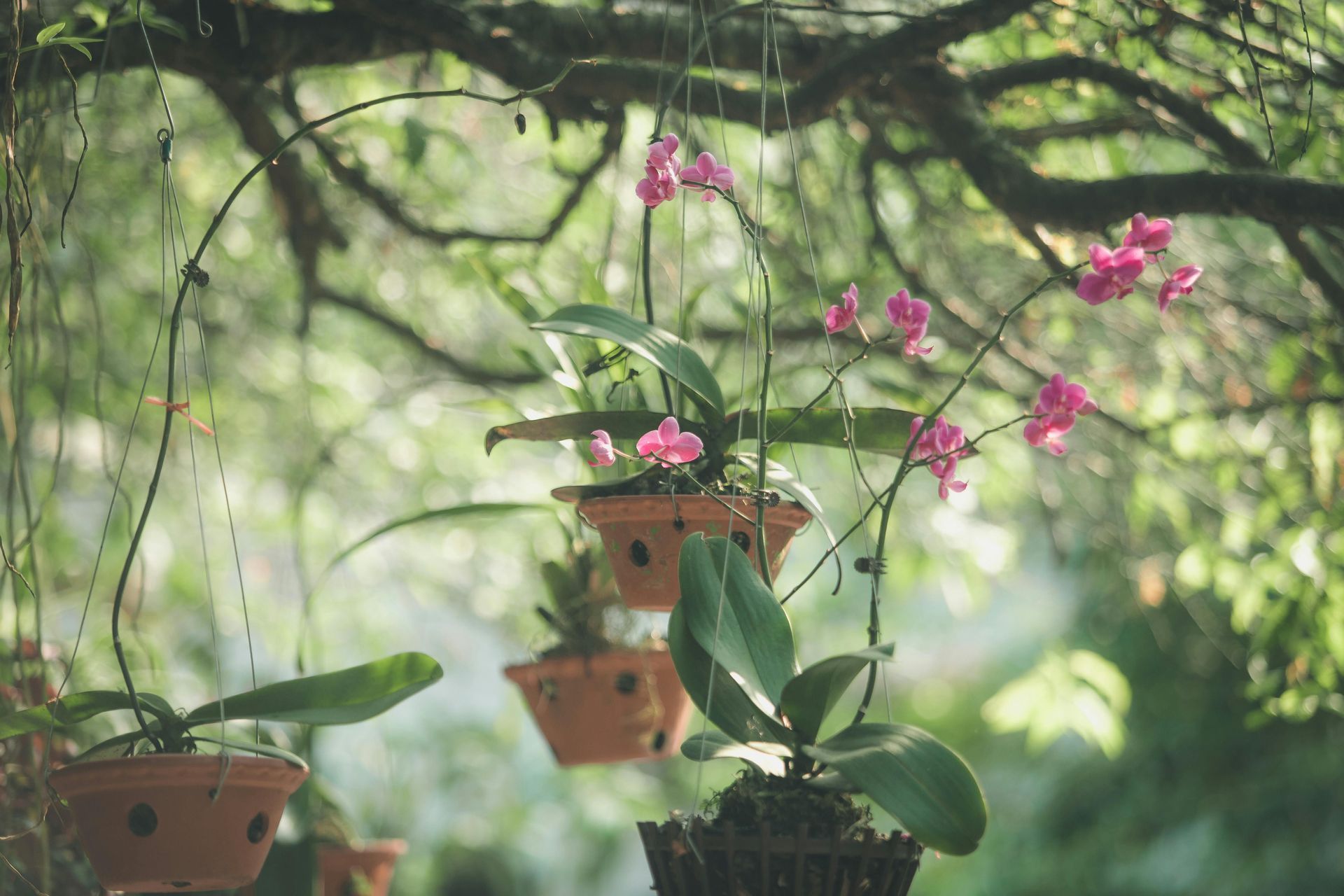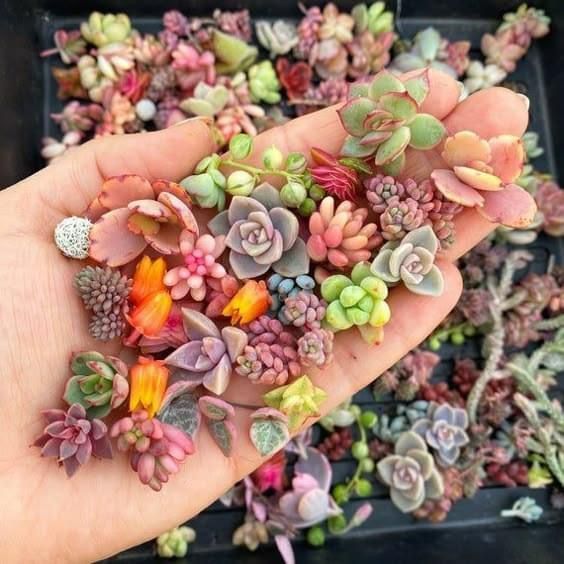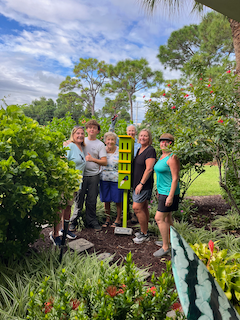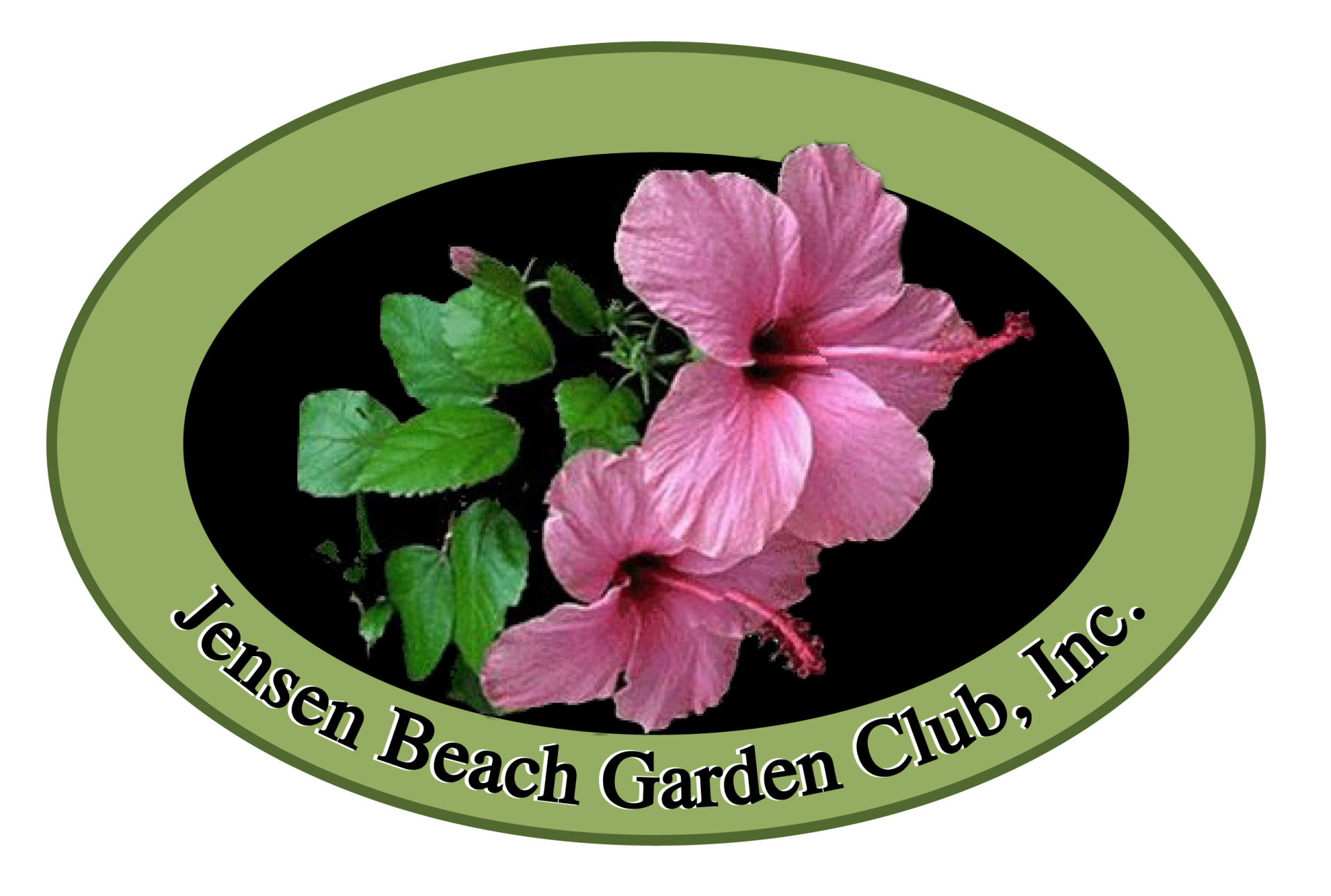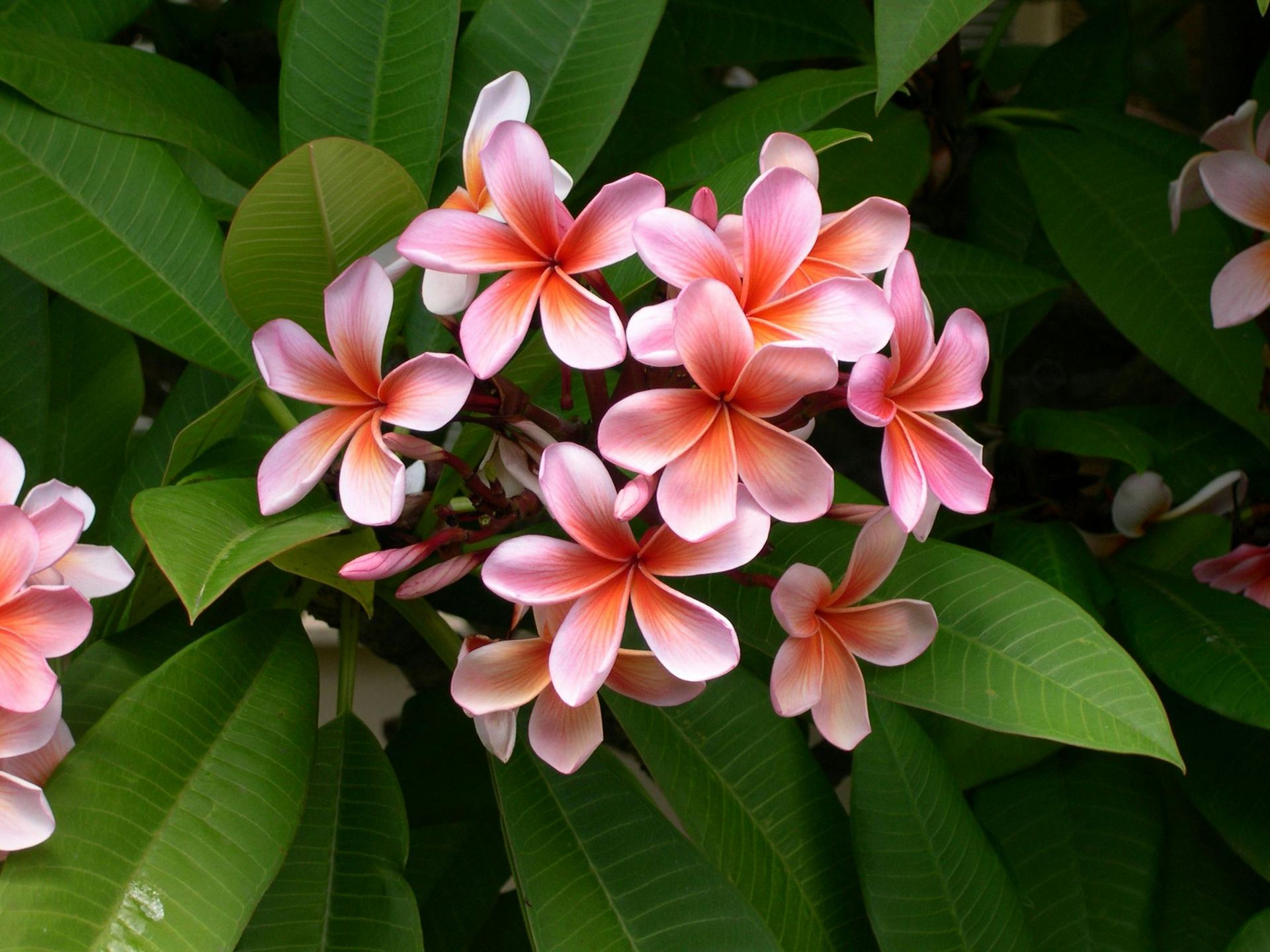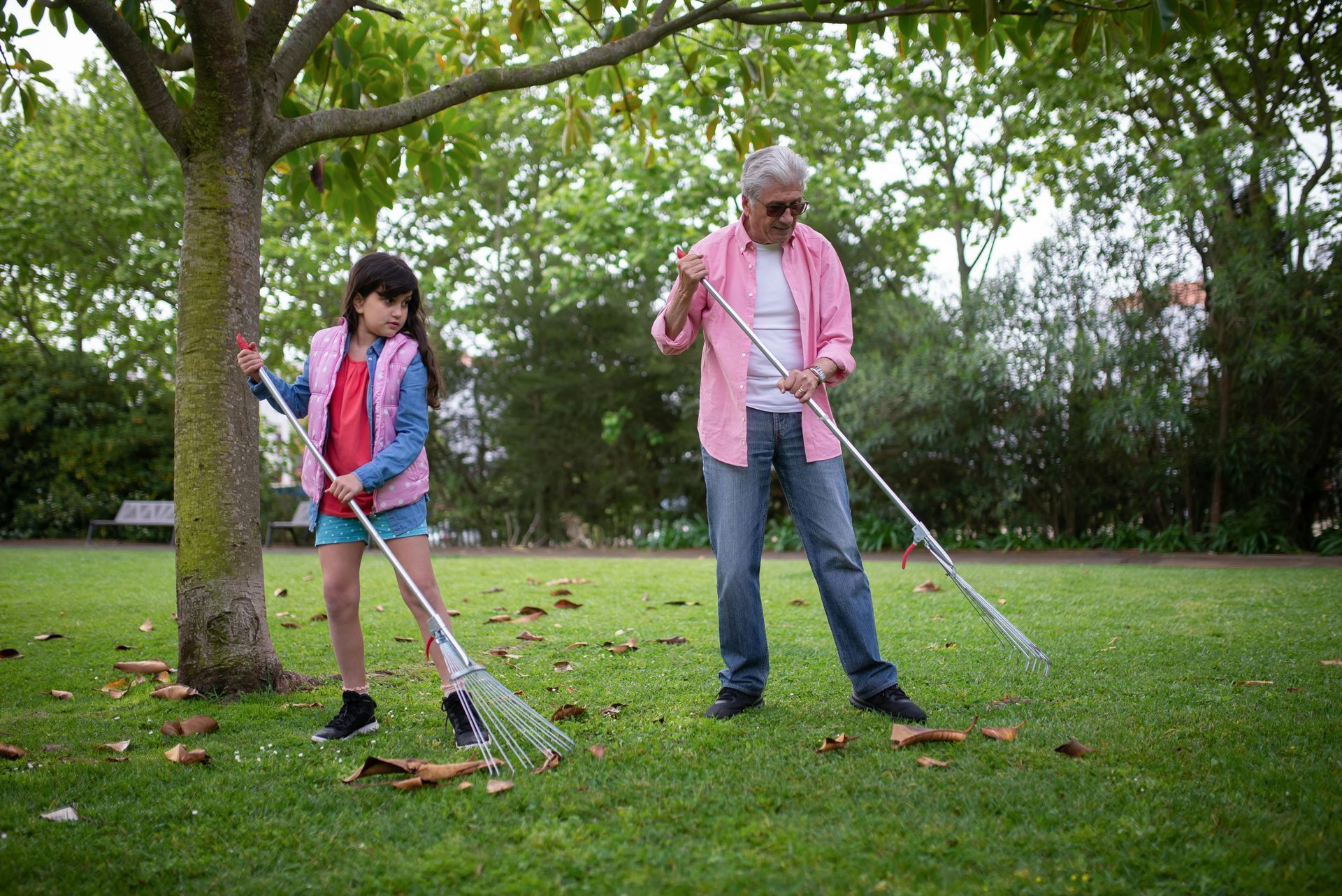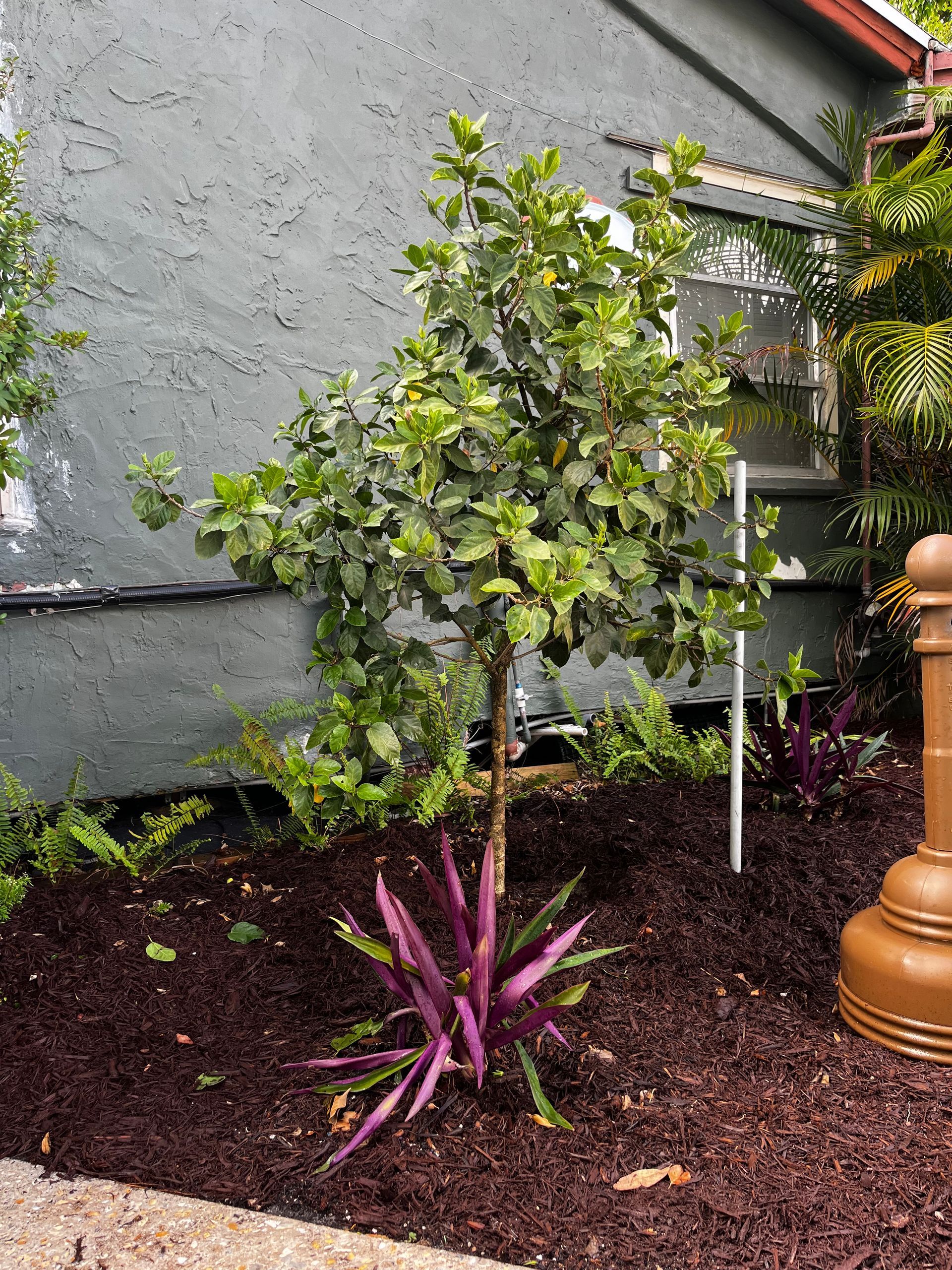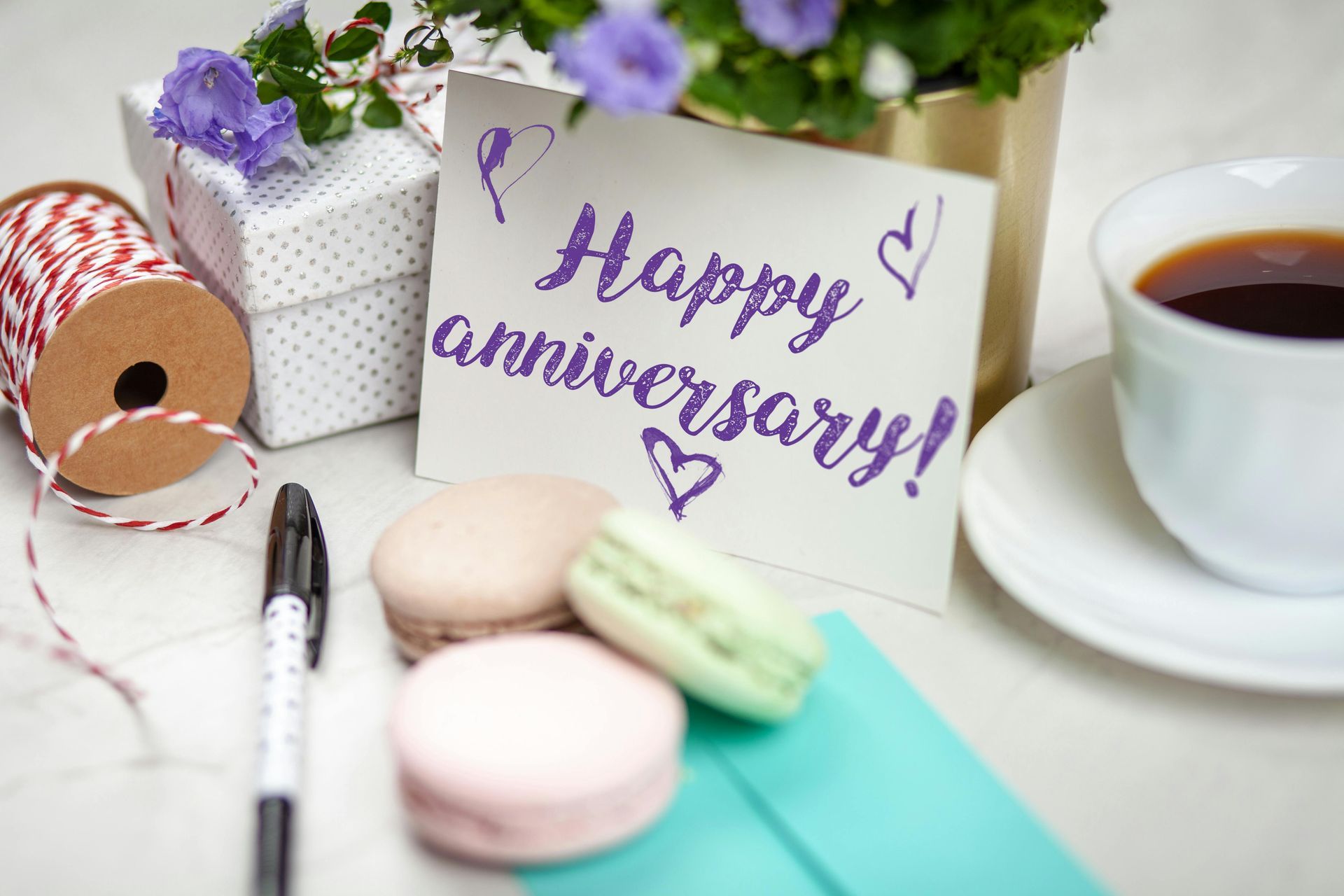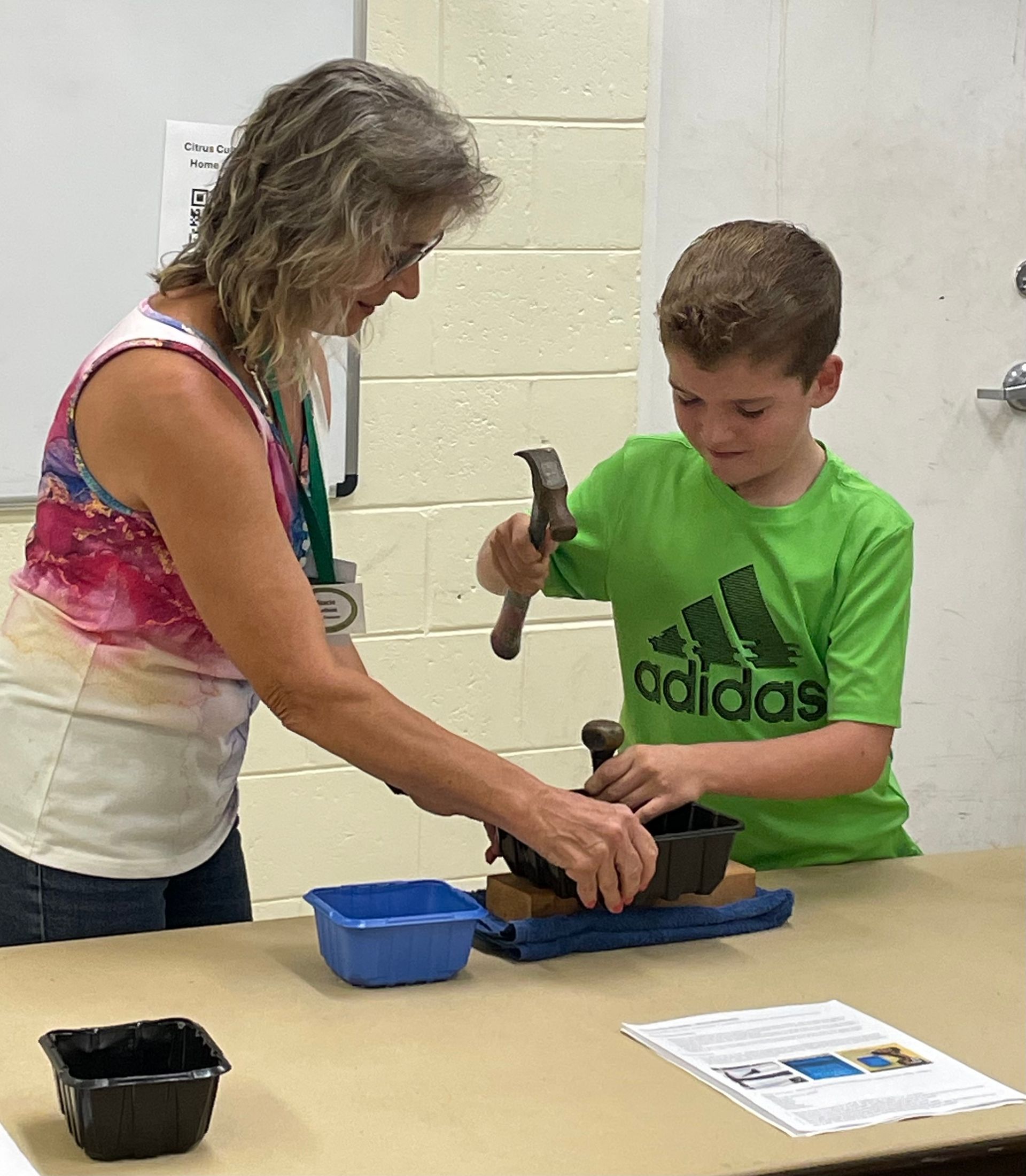Fire Ants
Invasive species fueled by state’s growth, global warming
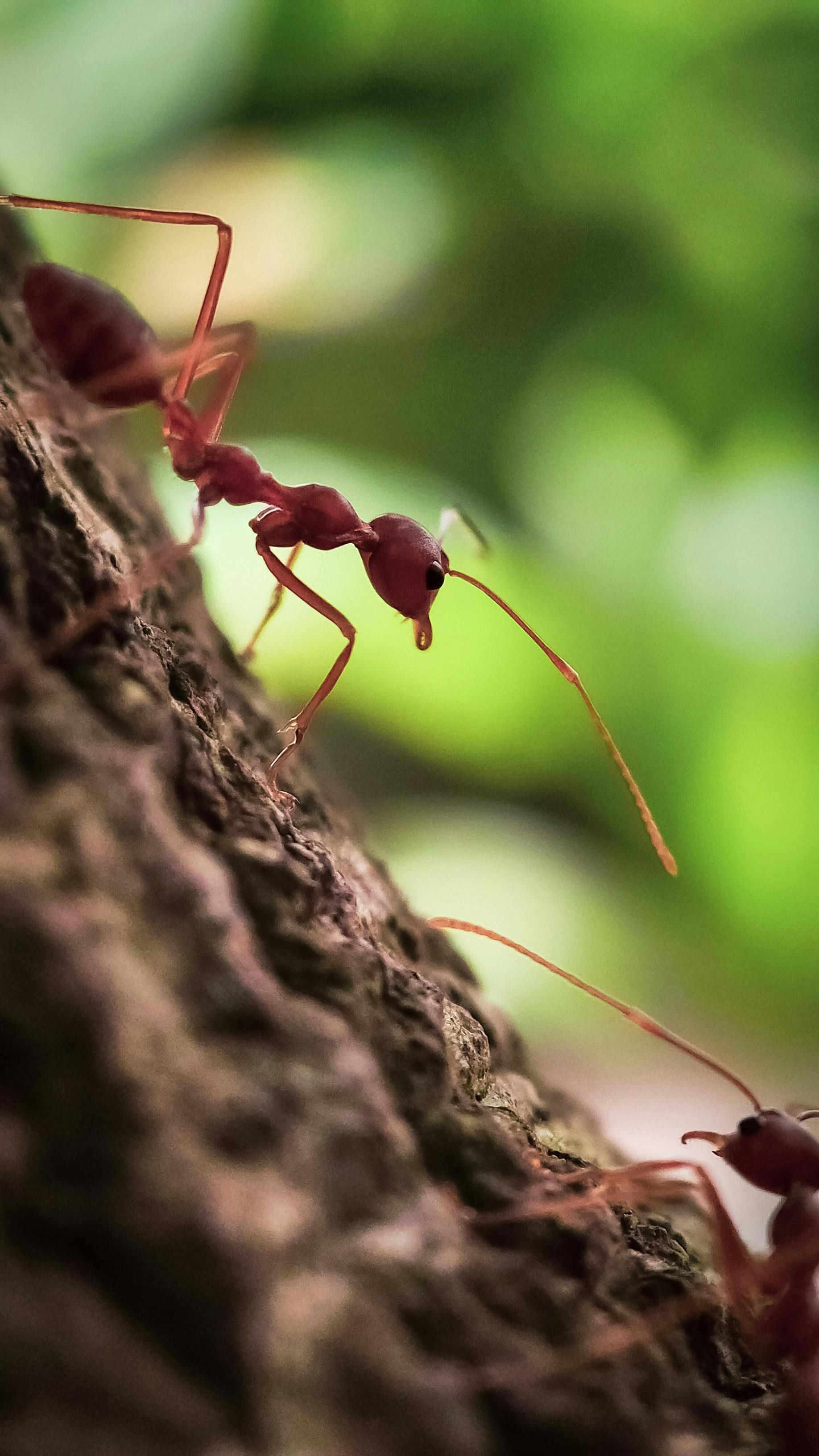
This kind of bites: Climate change is making fire ants an increasingly hot topic in Florida these days. But our efforts to tame them may only be scratching the surface.
Red imported fire ants rank among the world’s most invasive and destructive species. In America, they cause $8.75 billion in yearly economic damages, according to the U.S. Department of Agriculture. They chew on fruits, roots and stems, damaging crops. They swarm, harm and even kill newborn calves and stunt grazing. Their mounds damage mowers, balers, combines and other farm equipment, resulting in costly repairs and downtime.
On the home front, they nest in our air conditioners, sprinkler controls, utility boxes and traffic signals. They gnaw on all kinds of insulation that triggers short circuits, power outages and expensive repairs.
But we know them for their brutal bites that bring pustules of intense itching that sometimes inflict infections, allergic reactions and in extremely rare occasions, even death.
Buck up, Floridians, and brace for more.
Global warming means more fire ants
Mounting scientific evidence suggests the problems with imported fire ants are getting worse. Biologists warn that the factors that have long made the Sunshine State a welcoming home to the invaders are accelerating.
Climate change is bringing warmer, wetter weather that favors fire ants. Florida’s urban sprawl also means more disturbed landscapes fire ants seek, with fewer natural predators, and more ants hitching rides in potted plants to new landscapes. Meanwhile, global- warming-fed floods float colonies of clung-together fire ants to new heights
Century-long march through Southeast
Like many invasive species, fire ants arrived as stowaways. There are two imported species of fire ants, both introduced into the United States from South America at the port of Mobile, Alabama. The black imported fire ant arrived around 1918. The much more aggressive red fire ant showed up in the late 1930’s. Both ants likely came to the port in soil used as ballast in cargo ships.
Fire ants are easily transported in soil and nursery stock. That’s why all the fresh landscaping in new residential developments helps ants spread.
The U.S. Department of Agriculture’s Animal and Plant Health Inspection Service developed a quarantine program for the pest in the 1950s. But it could only do so much to fend off such an aggressive survivor in its newfound paradise.
Red fire ant colonies grow and spread quickly, and they die hard. The ant would spread throughout the southeastern United States and Puerto Rico in a few decades, eventually replacing two native species of fire ants and even the black imported fire ant, now found only in parts of Mississippi, Alabama and Tennessee. The two fire ants hybridized with dangerous consequences for cattle in Virginia.
Entomologists hoped freezes would keep the red fire ant in check. But climate change dashed much of that wishful thinking. “I do think what we’re seeing all across the country— all across the world — is we’re seeing less cold,” said Andrea Lucky, associate professor, insect systematics at University of Florida. “We’re not having these freezes.”
Fire ants bite — and die — hard
Fire ant trends are heavily driven by habitat type, how we management them, and prevalence of natural enemies. Queens tuck away deep in the ground, so it can be tough to reach them with pesticides.
While fire ants rarely venture inside a house, they’re basically everywhere outside, said Terry Keyzer, board certified entomologist and technical service manager for Terminix. Like termites, there’s no such thing as a ‘season’ for fire ants, Keyzer added. They prosper pretty much year-round. “But once or twice a year, they have a swarm and the immature grow wings to set up another colony,” Keyzer said. “They build their hills higher in wet season.”
So, you’ve probably seen their mounds jut up, lately, from your yard of the edges of neighborhood sidewalks. Fire ant mounds stand out from other native Florida ants because they tend to lack a distinct central hole and are more sprawling than the typical rounded ant hill. But fire ants often just skip making a ground mound and nest in rotting logs, under pavement and buildings, inside electrical equipment and utility housings, where they sometimes cause short circuits.
Deadly insect stings on the rise
Venomous animal deaths rose steadily in recent decades, from an average of 69 per year (1991-2001) to 107 per year, according to a study this year by East Carolina University. The U.S. Centers for Disease Control and Prevention reported that from 2000 to 2017, a total of 1,109 deaths from hornet, wasp and bee stings, for an annual average of 62 deaths. It’s unclear how many die annually from fire ant bites. But the new ECU study found hornets, wasps and bees among the most common venomous species involved, responsible for an average of 83 deaths per year from 2018 to 2023. Generally, less than 100 people die yearly from such venomous stings, CDC says.
While bees, wasps and hornets are more deadly, some research shows fire ants might cause a significant portion of the deaths. There isn’t much recent research, but a physicians survey by the American Academy of Allergy and Immunology in the late 1980s documented 32 fatal and two near-fatal fire ant-sting reactions, with the most in Texas (14), followed by Florida (10), Alabama (4), and two i(2) n both Georgia and Louisiana.
Fire ants even harm alligators
Recent research shows fire ants harm the eggs and hatchlings of ground-nesting birds and reptiles, even alligators, causing lower weight or killing them. A 2023 study by Florida Atlantic University of alligator nests at Orange Lake in Alachua County found that “even if fire ants are not directly responsible for alligator hatchling deaths, ant presence at the nest may cause hatchlings to die because of lack of maternal care.” “That doesn’t surprise me,” Lucky said. “Once they are on the ground and in high density, they become so disruptive to basic things, like laying eggs, hatchings. or just the act of being there.”
Newer ant invader echoes fire ant effects
Another invasive ant causing concern among biologists is the Asian needle ant. There have been two recorded instances of Asian needle ants in Florida, one near Kennedy Space Center and another near Tallahassee, according to Dr. Jason Williams, postdoctoral research associate, entomology and nematology at the University of Florida. There have been other sightings but tracking them is difficult. They’re less aggressive and pain-inducing than red fire ants. But on rare occasions, like the fire ant, a sting from an Asian needle ant can cause anaphylaxis, a potentially deadly condition.
As with many invasive ants, Asian needle ants look to be here to stay in Florida, according to the U.S. Department of Agriculture.
But Lucky is less worried about them than fire ants, because the Asian needle ant is less aggressive and prefers more wooded than residential areas. “I don’t think that one’s going to be as destructive,” Lucky said. “It likes canopy areas.”
What is government trying to douse fire ants?
A relatively new way to control fire ants involves the release and spread of its natural enemies from South America, or so-called “biological control.” Florida has been testing the effectiveness of two such organisms. One is a “decapitating fly” that attacks fire ant workers. When the ferocious female flies catch fire ants, they lay eggs that develop inside the ant’s head, causing it to top off. Adult flies emerge from the severed head to attack more ants.
The second biological control agent is a disease specific to fire ants introduced into colonies by putting infected ant larvae in the mound. The disease is caused by a protozoan that weakens the colony. Scientists with the U.S. Department of Agriculture in Gainesville determined that infecting fire ants with a recently identified fire-ant virus causes a decrease in foraging in worker ants ultimately resulting in the colony starving.
What can you do to cool down fire ants?
Fire ants like lawns and other sunny, open spaces where there’s always ample water. So Andrea Lucky has this advice: “Don’t water your lawn. Plant trees, so it’s shaded,” she added. “Ants don’t like it when it’s shaded. Try to limit the amount of lawn you have. Close that canopy.” But in a way, we Floridians have to take our lumps from the fire ant and move on. “At this point, they’re so well established it’s just about managing,” Lucky said.
